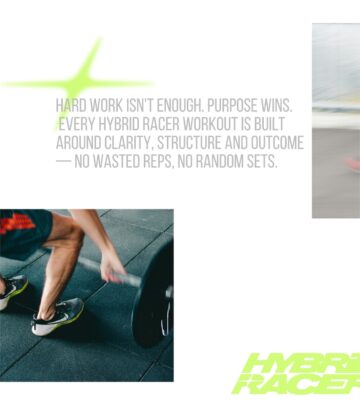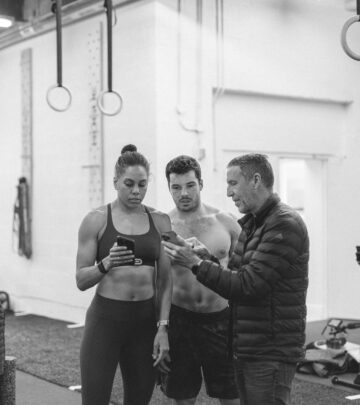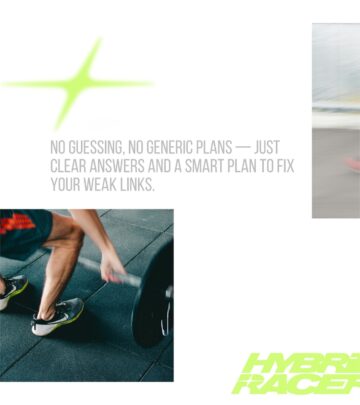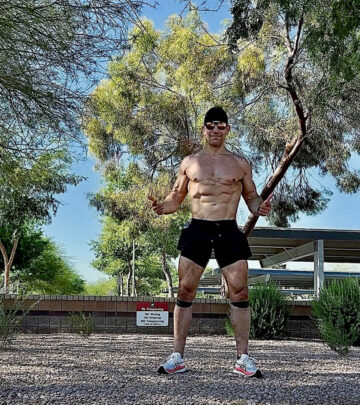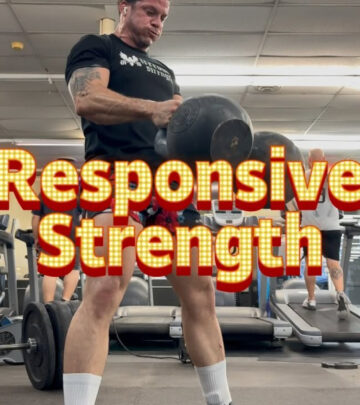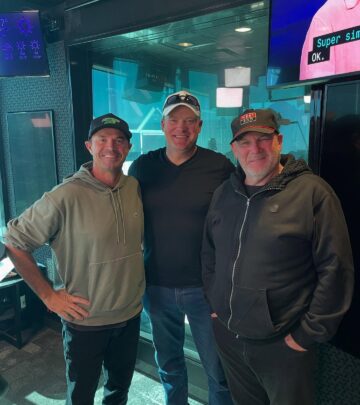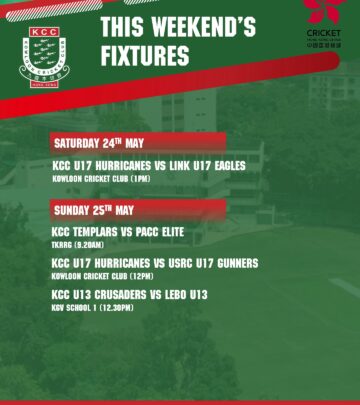Structured Training For HYROX Race Demands
Chris Hinshaw leads a no-nonsense training session blending clean mechanics with endurance.
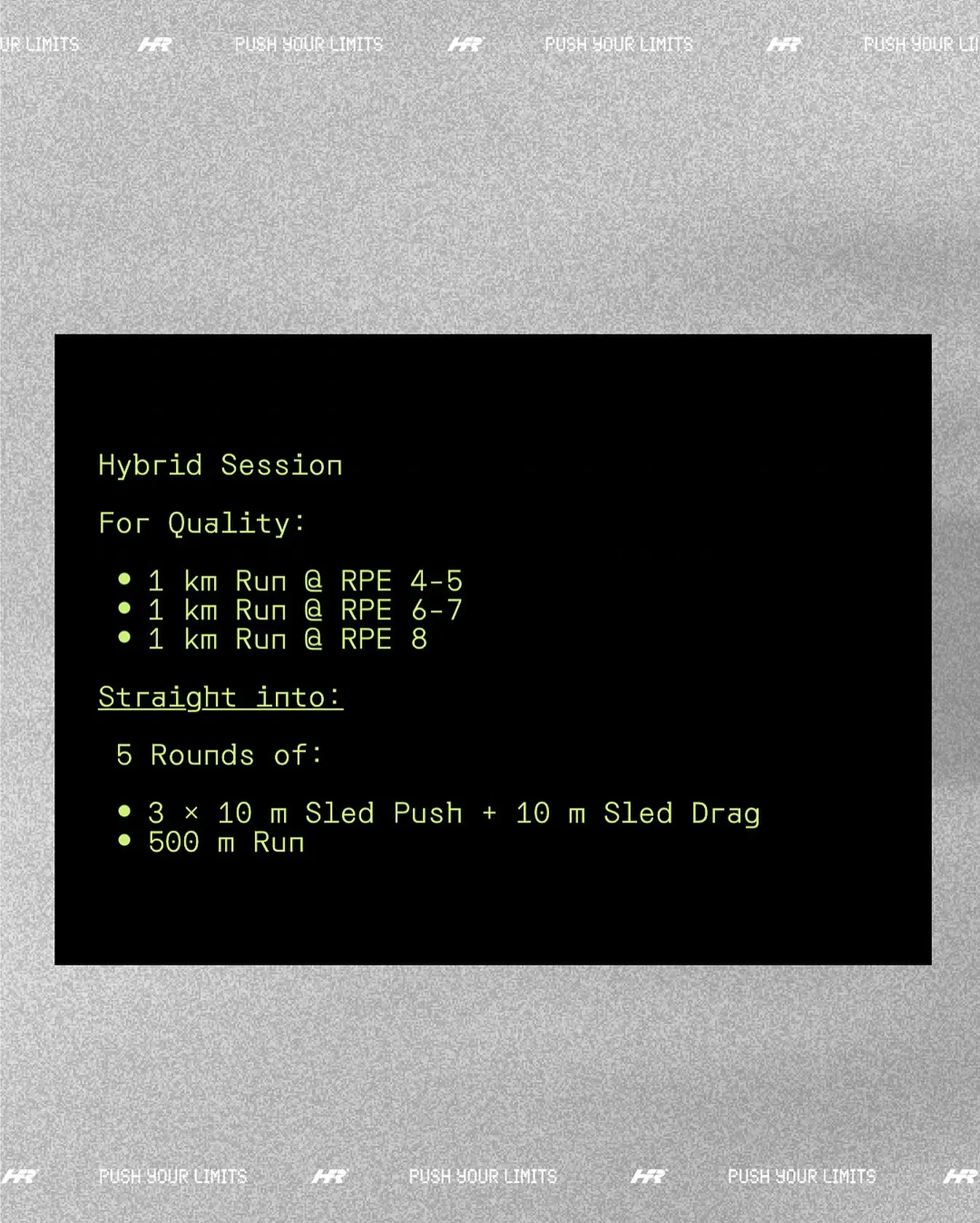
Image: Instagram
In a recent Instagram update, renowned endurance coach Chris Hinshaw detailed a focused training session meticulously designed for HYROX race demands. The workout’s strategy is simple – no random volume and no wasted reps. Athletes are guided through a sequence that not only emphasizes pacing and movement quality but also builds posterior chain efficiency, a vital component for competitive racing.
Tailored Session For Hyrox
The session begins with a progressive warm-up run that eases athletes into the workout. By gradually increasing the pace, participants prime their legs, ensuring they are fully prepared for the high-intensity segments ahead. This careful progression mirrors the philosophy behind the training – every phase is purpose-built. Once warmed up, the routine seamlessly transitions into the core segment: sled repeats.
During the sled phase, the instructions are clear. Athletes must push and drag the sled for a total of 60 meters per round using light-to-medium loads. Notably, the session avoids any pulling movements, focusing solely on clean push mechanics. This approach ensures that tension is maintained during each repetition, and the continuous walking pace underlines the importance of movement efficiency. By intentionally designing the session to move from an easier warm-up to progressively harder efforts, the workout prepares competitors to meet the demands of a HYROX race.
Sled Mechanics In Focus
A standout feature of this training regimen is its emphasis on clean mechanical execution. Each sled repeat is performed with deliberate intent, ensuring that every movement counts. The absence of unnecessary volume is a deliberate choice to build strength and endurance simultaneously without overloading the body. Athletes are urged to keep their focus on clean push and drag mechanics, which not only improve strength but also minimize the risk of injury. This targeted approach ensures that the workout directly translates into better performance on race day.
Run And Recovery
Immediately following the sled work is a crucial 500-meter run. This segment serves a dual purpose. First, it flushes the legs after the mechanical exertion, and second, it helps participants dial in their Rate of Perceived Exertion (RPE) to a steady level 7. The continuous run after the sled repeats mirrors competitive race environments, where transitioning quickly between different movement modalities is essential. The blend of these two workout elements – structured sled repeats and sustained running – not only sharpens overall athletic performance but also reinforces endurance in a measurable and controlled way.
Building Endurance With Precision
What sets this session apart is its unwavering commitment to efficiency. Rather than relying on volume or prolonged efforts, the training emphasizes quality and specificity. In a related Instagram post, Hinshaw underlined this philosophy: “Most training works. But the question is: does it work fast enough, specific enough, and hard enough to make you better where it matters most?” This comment resonates throughout the session as every element, from the controlled warm-up to the sled mechanics and the 500-meter run, is crafted to extract the maximum benefit in the shortest possible time.
Drawing on years of experience with Hybrid Racer programs, Chris Hinshaw’s methodology is evidence of a shift in modern training. Rather than an accumulation of random reps, his approach champions a seamless progression that enhances both aerobic capacity and muscular endurance. The session’s structure—beginning with a gentle run, moving into focused sled repeats, and finishing with a high-intensity run—embodies the move towards purposeful, data-driven training.
This workout is also part of a broader movement within the fitness racing community. Hybrid Racer initiatives have gained significant traction at events like FITR, where top coaches and industry leaders like co-founder Gus Vaz Tostes have showcased the benefits of a methodical training approach. These events highlight a clear trend: athletes are increasingly seeking routines that offer measurable improvements and that mirror the real-life demands of competitive racing.
Chris Hinshaw’s session reminds the athletic community that training is about precision and intentionality. Rather than simply increasing the number of repetitions, it is more important to engage in activities that directly simulate the conditions of a HYROX race—combining controlled mechanical work with rigorous, endurance-based challenges. Each component of the workout is carefully aligned with race demands, ensuring that every rep contributes to overall performance enhancement.
By rejecting the notion of random exercise volume, this targeted regimen underscores that quality always trumps quantity. Athletes following this routine can expect not only improved race-specific performance but also enhanced overall efficiency and reduced risk of inefficiencies leading to injury. With every structured phase of the workout, competitors are given the tools they need to push boundaries and achieve their personal best.
This purposeful approach to training highlights a clear vision for performance: one that prioritizes quality over quantity, method over randomness, and structured progression over arbitrary exertion. As more athletes adopt these targeted principles, the future of HYROX racing looks set to be defined not by brute force, but by smart, efficient preparation.
Read full bio of Joyce



